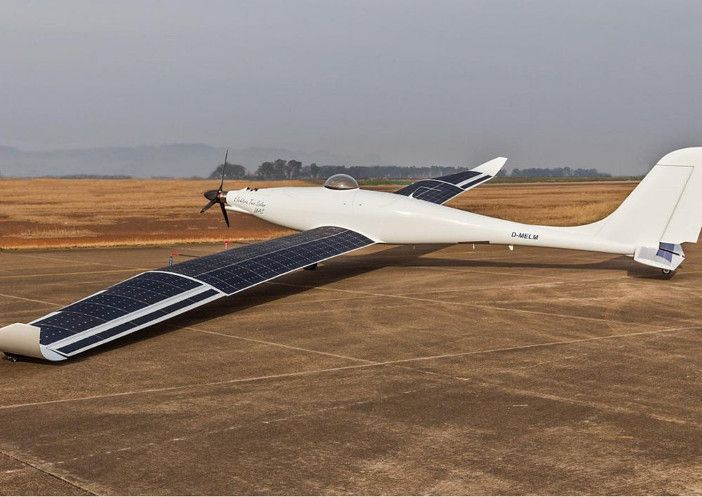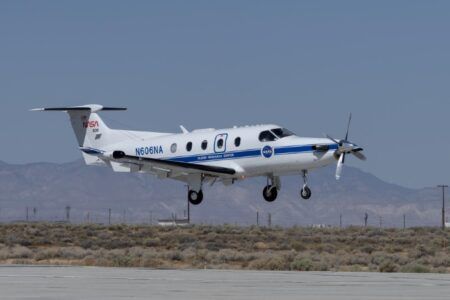German company PC-Aero has started flight testing the autonomous systems of its high-altitude long endurance aircraft, the Elektra Two Solar Optionally Piloted System (OPS).
The aircraft performed several autonomous flights on August 30. For safety reasons, a pilot was on board the Elektra Two Solar, but did not intervene at any stage during the flights.
Various parameters and modes of the whole system were tested during the flights, PC-Aero said.
Dr. Konstantin Kondak, managing director of PC-Aero, said, “We have taken a giant step toward the stratosphere and are very optimistic that we will be able to fly in a short time with our next aircraft at altitudes up to 20km.
“We are not yet able to achieve this goal with the current aircraft. However, in order to achieve this, we followed new paths in the manufacture of the next aircraft in process and production technology.”
The Elektra Two Solar OPS weighs 450kg (990 lb), has a wingspan of 24.8m (81ft), and is equipped with 22.5m2 (242ft2) of photovoltaic cells on the wings and tail. The batteries, which weigh 120kg (264 lb) supply power to a 23kW motor for propulsion.
The aircraft is designed to carry payloads of up to 100kg and is designed to fly at altitudes of up to 70,000ft with an “almost unlimited” flight duration, claims the company.
PC-Aero, which is based at Landsberg am Lech near Munich in Germany, makes manned and unmanned aircraft for scientific and commercial tasks. Elektra Two Solar’s control algorithms and autonomous systems are being developed in partnership with the Germany’s DLR Institute of Robotics and Mechatronics.
Elektra One made its maiden flight in March 2011 at Augsburg airport and lasted 30 minutes and by June 2015 had achieved an altitude of 3,000m (1,000ft) and a flight duration of 2.5 hours.





